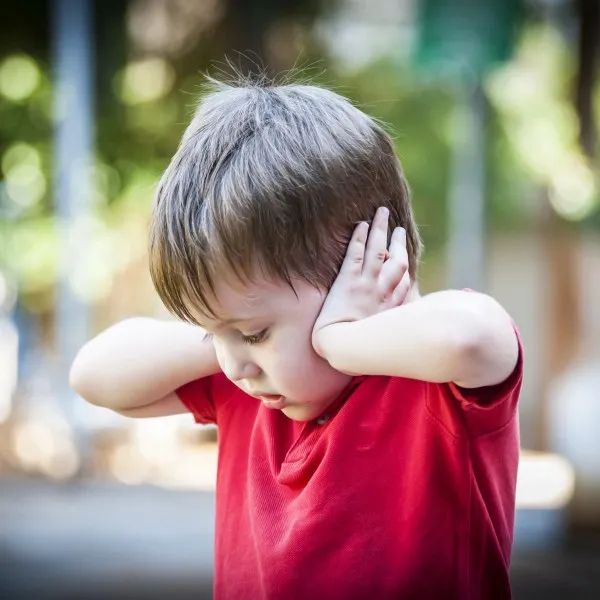










If you must raise your voice at arm’s length, it’s too loud—add distance or use hearing protection. For workers, 85 dBA over 8 hours is a commonly cited recommended exposure limit; for the public, a ~70 dB 24-hour average is referenced to prevent measurable loss over a lifetime. Children benefit from shorter exposure and regular quiet breaks.


OEM / Private-Label — bespoke colours, branded bands, retail kits
ODM Quick-Launch — 8 stock colours, add logo, ship in 15 days
Bulk Supply — master cartons with tiered price breaks
Dropship & FBA Prep — SKU labelling & carton coding for Amazon
Yes. Protective earmuffs sit around the ear (not in the canal) and are easier to fit on infants than earplugs. Choose infant-friendly models, fit them correctly, supervise use, and plan regular breaks.
For babies and toddlers, NRR ~21–25 / SNR ~23–26 is practical. Real-world protection depends on fit and consistent wear more than printed numbers.
Snug, not tight. If a child keeps them on comfortably and outside sound feels calmly reduced, the fit is right.
Yes. They reduce cabin and boarding noise, making travel calmer for many families. Always supervise; avoid use during unsupervised sleep.
Standard 25 days / rush 15 days after sample approval. Plain-colour samples ship within 7 days; custom prints add ~3 days.
Add certified, high-margin baby ear muffs to your line today. Get spec sheets, compliance packs, and fast samples.